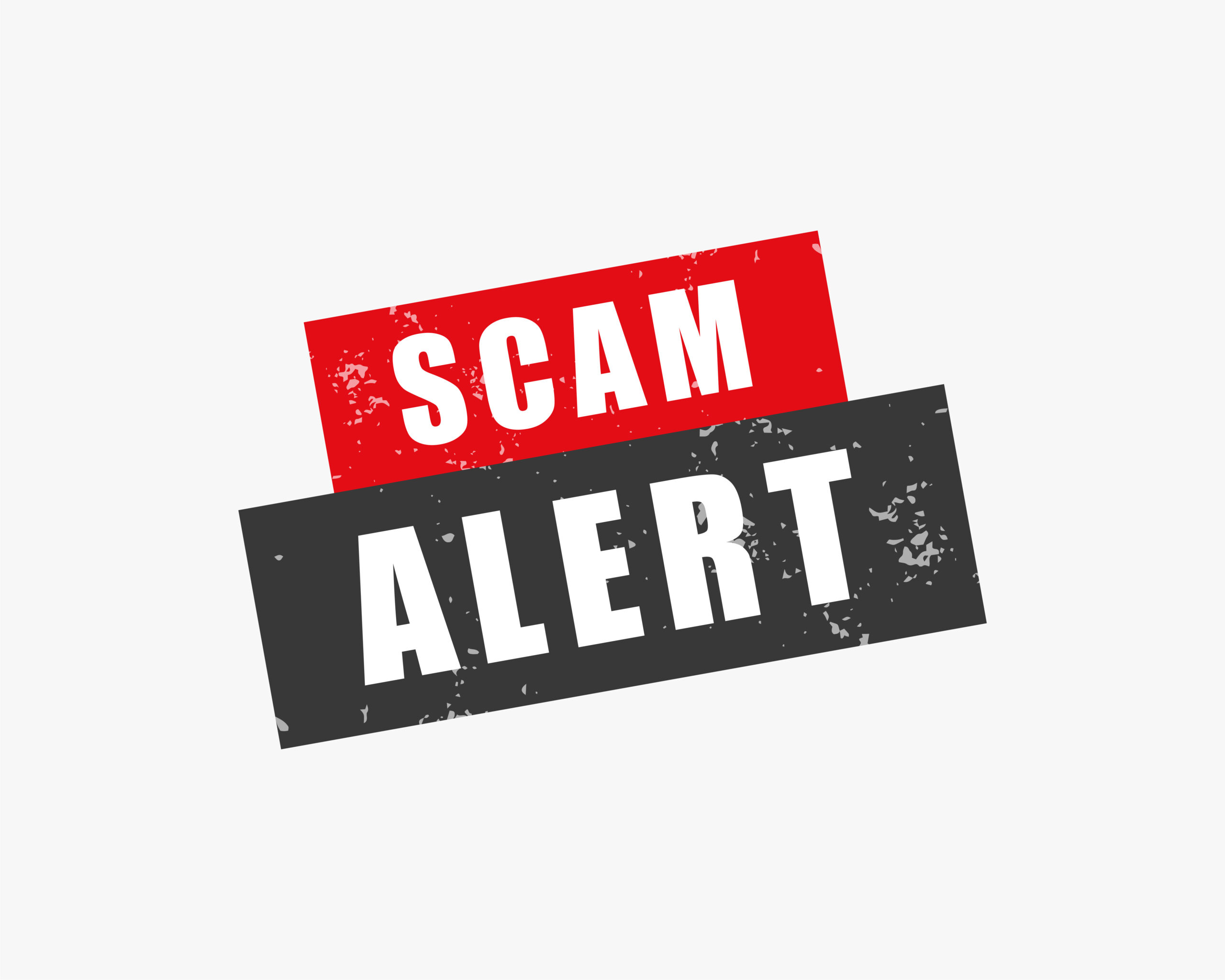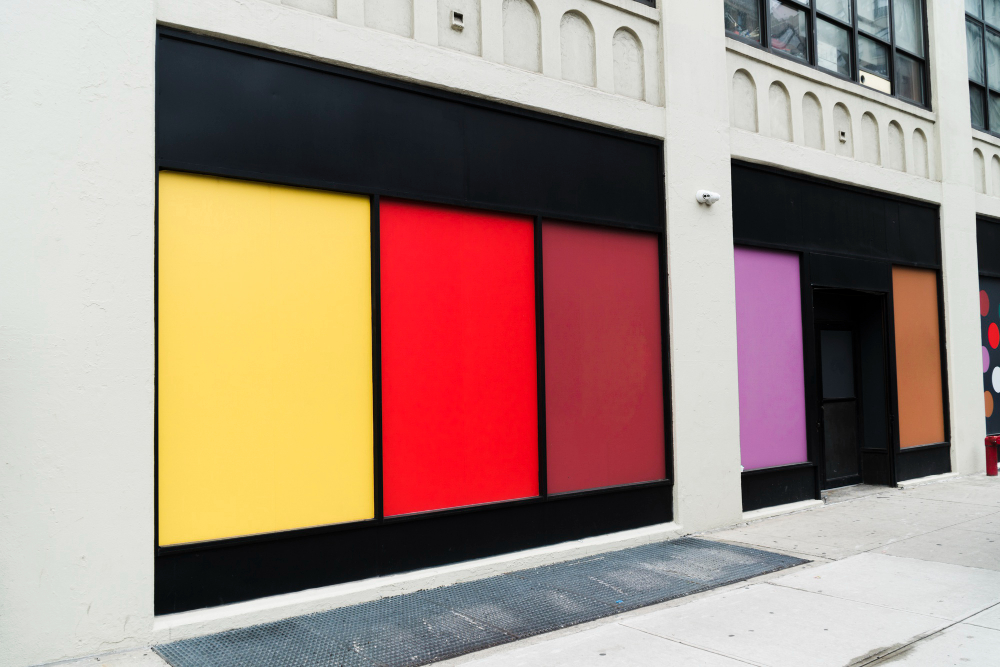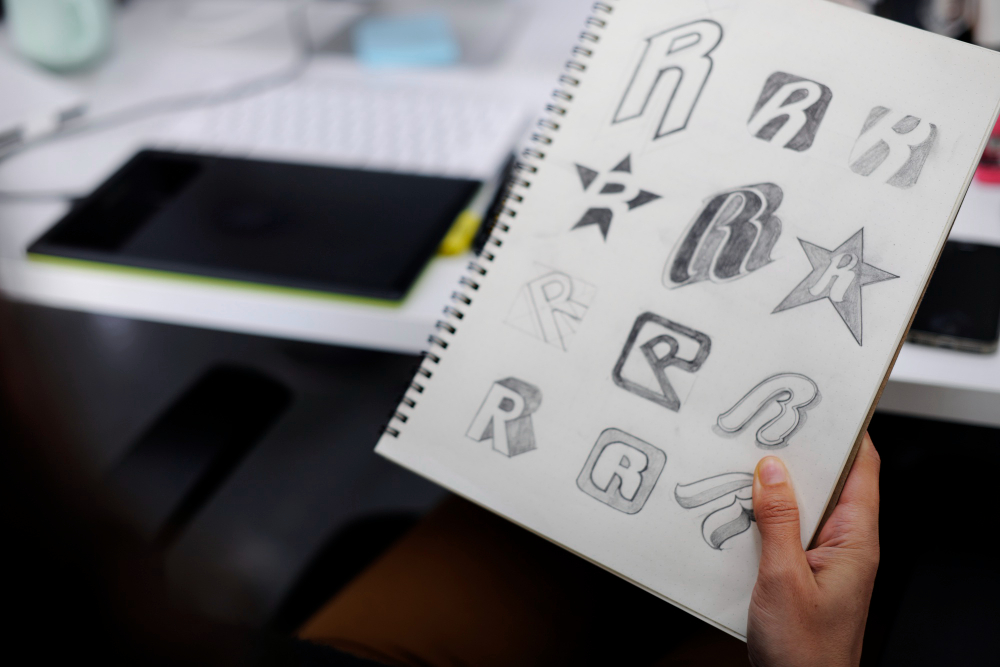Every day we receive dozens of enquiries, and they typically fall into two camps:
- People with a new concept who want guidance on how to protect it. With the explosion of online marketplaces like Amazon, TikTok Shop, and Etsy, people with great ideas can now get their products in front of a global audience. But to sell through those platforms, and truly build a brand, they often need a registered trademark.
- Established businesses who are some way into their journey (often decades) and have never registered a UK trademark, only to now face issues with copycats or infringement.
It’s not an area that everyone is comfortable navigating alone. That’s why The Trademark Helpline exists because whether you’re protecting your brand or innovating in your sector, choosing a trademark, design, or patent depends on:
- What you want to protect
- When you need protection to start
- And where you plan to sell your goods or services
What’s the Difference?
| Protection Type | What it Covers | Best For |
| Trademark | Your brand name, logo, or slogan | Business names, product lines, taglines |
| Design | The appearance of a product (shape, pattern, configuration) | Product packaging, physical products, graphic layout |
| Patent | The function or technical innovation | Inventions, software algorithms, mechanical systems |
What Do UK Businesses Register Most?
- Trademarks: Over 2.1 million registered in the UK, with 120,000+ applications each year
- Designs: Around 400,000 active designs protecting the look and feel of products
- Patents: Roughly 400,000 patents currently active in the UK, but fewer than 25,000 new applications are filed annually
Most UK businesses start with a trademark, because every business needs a name, and many also need a logo or slogan.
When Should You Register?
- Starting a business?
Begin with a free trademark search before you invest in branding or marketing. - Launching a product?
If your product has a distinctive shape, layout, or pattern, consider registering a design before it hits the market. - Creating something technically new?
Speak to us to find out if you need a Patent Attorney. Patent applications can take years, and you’ll need to file before you publicly disclose the invention.
Real-World Examples of UK Trademarks, UK Designs & UK Patents
Trademark – Sugo Pasta Kitchen (Altrincham, UK)
Sugo built a strong local brand but never registered its trademark. When a similar name was registered by another party, Sugo was blocked from expanding and ultimately had to rebrand.
→ Lesson: Use doesn’t equal ownership, register early.
Design – Trunki Suitcases (Magmatic Ltd)
Trunki had a registered design, but the visuals used were too narrow in scope. A competitor copied the concept with minor changes and successfully challenged the design.
→ Lesson: Your design must be registered correctly to be enforceable.
Patent – Dyson vs. Hoover
Dyson patented its cyclone vacuum tech. Hoover copied it, and Dyson successfully sued for infringement — winning over £4 million.
→ Lesson: If you invent something, protect it before others catch up.
Pros and Cons at a Glance
| IP Type | Pros | Considerations |
| Trademark | Long-term protection, builds brand equity | Requires classification and can face opposition |
| Design | Quick, cost-effective, protects visuals | Doesn’t cover names or functions |
| Patent | Strong legal protection for inventions | Complex, costly, and time-sensitive |
Many businesses eventually register more than one type of IP, especially when their product, branding, and technology all have unique value.
Not sure where to begin? Start with a free UK trademark search to see if your brand is available:
Or book a discovery call with one of our advisors. We’ll help you choose the right protection strategy for your business, whether it’s a name, a product, or a new idea.
You can read about Trademarks to sell on Amazon here






